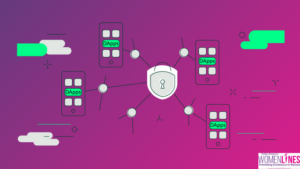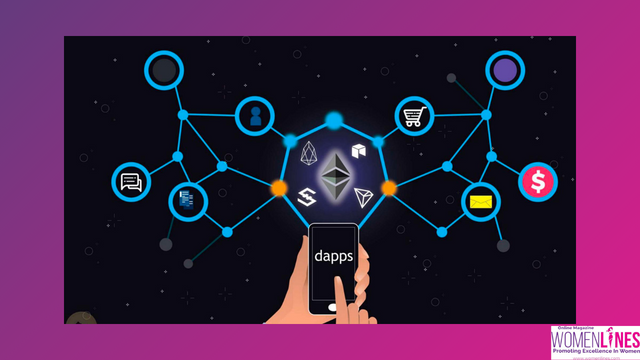dApps in Social Media: Resisting Censorship
In the dynamic realm of digital innovation, decentralized applications (dApps) stand as a groundbreaking concept, revolutionizing traditional approaches to software solutions. Operating on decentralized networks, predominantly blockchain, dApps offer a paradigm shift in application development, prioritizing security, transparency, and resistance to centralized control. As we navigate this transformative landscape, exploring the key characteristics, advantages, challenges, and diverse use cases of dApps, it becomes evident that they hold the potential to redefine our digital future, democratizing access to technology across various sectors. This exploration sets the stage for understanding the dynamic and evolving landscape of decentralized application development.
In the dynamic landscape of digital innovation, decentralized applications (dApps) have emerged as a revolutionary concept, reshaping conventional notions of software solutions. Unlike their centralized counterparts, dApps operate on a peer-to-peer network, often leveraging blockchain technology to offer unique advantages and address distinctive challenges. This essay explores the fundamental characteristics of dApps, their advantages, challenges, popular use cases, and the potential future they hold in transforming the software development paradigm.
Understanding Decentralized Applications (dApps)
Decentralized applications are a breed apart, running on a peer-to-peer network rather than relying on centralized servers. Frequently associated with blockchain technology, these applications introduce a novel approach where the network is upheld by multiple nodes, distributing control and authority. This decentralization fosters increased security, transparency, and resistance to censorship, marking a departure from the centralized control mechanisms prevalent in traditional applications.
Key Characteristics of dApps
- Decentralization: The core characteristic of dApps lies in their operation on a blockchain network, ensuring that no single entity has overarching control.
- Open Source: Most dApps embrace open-source principles, allowing anyone to scrutinize, contribute to, and enhance their underlying code.
- Incentive Structure: Many dApps incorporate economic incentive models, utilizing cryptocurrencies or tokens to reward participants contributing to the network.
- Protocol Adherence: dApps typically adhere to specific protocols or rules encoded in smart contracts, governing their operation within the blockchain.
Advantages of dApps
- Enhanced Security: The absence of a central point of failure makes dApps less susceptible to hacking and fraudulent activities.
- Transparency: Every transaction on a dApp is immutably recorded on the blockchain, ensuring transparency and traceability.
- Censorship Resistance: The decentralized nature of dApps makes them resistant to control and censorship from any single authority, aligning with principles of openness and freedom.
- Reduced Downtime: The decentralized architecture of dApps mitigates the risk of downtime since the network doesn’t rely on a single server.

Challenges and Limitations
- Scalability: Some blockchains, particularly prominent ones like Ethereum, grapple with scalability issues, leading to slower transaction times and higher costs.
- User Experience: The intricacies of blockchain technology can present challenges in delivering an intuitive user experience compared to traditional apps.
- Regulatory Challenges: The decentralized and often anonymous nature of dApps poses regulatory challenges, especially in sectors like finance.
- Energy Consumption: Certain blockchains demand significant computational power, contributing to high energy consumption and environmental concerns.
Popular Use Cases
- Finance: Decentralized Finance (DeFi) applications offer financial services without reliance on traditional banking institutions.
- Gaming: Blockchain-based games provide players with true ownership of in-game assets, disrupting traditional gaming ecosystems.
- Social Media: Decentralized social media platforms present a censorship-resistant alternative to traditional platforms, prioritizing user autonomy.
- Marketplaces: dApps facilitate peer-to-peer transactions in marketplaces without the need for central intermediaries, offering increased efficiency and autonomy.
The Future of dApps
The potential of dApps is vast, with ongoing developments in blockchain technology actively addressing current limitations. As scalability improves and user interfaces become more intuitive, dApps are poised to become more mainstream, challenging the prevailing paradigm of centralized applications.
The democratization of technology across various sectors appears imminent, as dApps stand at the forefront of ushering in a new era in software development.

I am Prema Chuttoo.
SAP Technical Consultant/Company Director/author
Belgium
Register now to get started!
Also read, 10X Your Sales Potential with Customers.ai’s AI Magic!
Follow Womenlines on Social Media

















